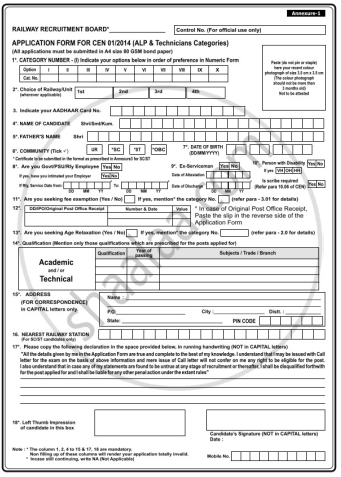Advertisements
Advertisements
प्रश्न
How does the story “A Horse and Two Goats” develop the idea of the need to interact with people who have vastly different identities from your own?
उत्तर
“A Horse and Two Goats” is a story by Indian author R. K. Narayan. Its main focus is cultural insularity and miscommunication. Although some of the effect of this is comic, it also raises some serious points about the harm that such insularity does to both India and the colonial powers attempting to govern India and help India’s development.
Both Muni and the American do not know each others’ languages and thus have difficulty understanding one another. Muni therefore thinks that the American is trying to buy his goats, while the American thinks that Muni is selling him the statue. If we look at the story more analytically, though, we find that it addresses more complex issues.
Muni is a poor villager, who we feel is justified in having little knowledge of American culture, but we also think that the American, who traveled to India, and is intent on taking back souvenirs to show off his sophistication, should be more sensitive to Indian culture.
We are made aware of different traditions and value systems. Although Muni is a poor villager, he is very knowledgeable about the great Sanskrit epics that are at the center of the Hindu religion. He is himself pious, and understands and explains the spiritual significance of the horse. The American, by contrast, appears crudely materialistic.
In the exchange, both seem unaware of each others’ needs and values. Muni’s misunderstanding of the American leads him to sell off, for a desultory sum, a crucial part of his cultural heritage. In respect to the American, the author is trying to explain that donations of aid in the form of cash will not transform the lives of poor villagers for the better, and that colonialism is actually culturally impoverishing as well as exploitative.
This suggests that in a globalized culture and economy it benefits people in both developed and developing nations to understand each, others’ cultures better.
APPEARS IN
संबंधित प्रश्न
Identify examples of the following devices in the poem: alliteration, personification, rhyme, rhythm. How do these devices contribute to the overall effect of the poem?
Below is a topic for essay writing. Follow the steps listed above to write on these topics.
Think before you shop
How did the narrator learn to distinguish between 'a flask' and 'a thermos'?
Re-word the lines from the story:
I had heard a great deal about Miss Beam’s school.
Think and write in your own words.
How can the tender maiden Autumn become a full-grown woman? What change in nature does this imply?
Read scene I. Discuss with your partner what Mrs Reed might write about Jane in her letter to the owner of a school. Now complete her letter to Mr. Brocklehurst.

I got ______ to see his favourite heroine.
Where did the author study in his childhood?
The photographer was pleased after ______.
Fill in the following forms with imaginary details.

